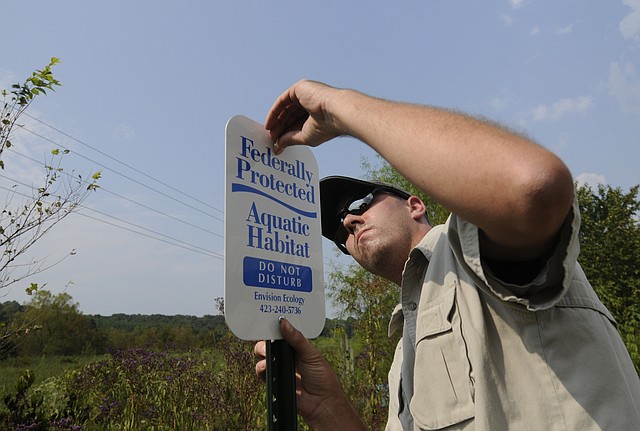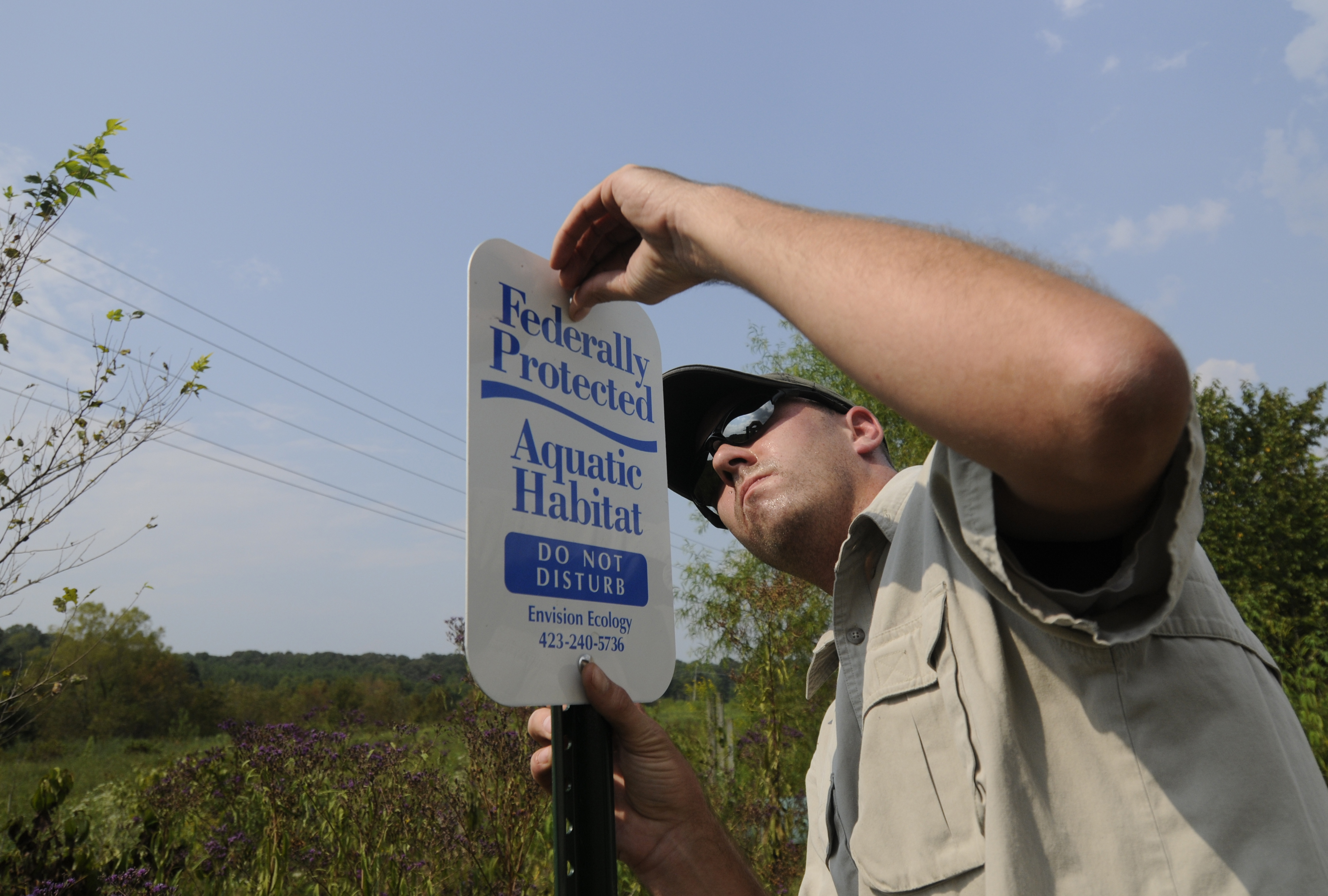A soggy partnership
Friday, January 1, 1904
FAST FACTSThe United States has lost an estimated 100 million acres of wetlands since the late 1700s.Environmental legislation slowed the annual loss of wetland acres from nearly 500,000 acres a year between the 1950s and 1970s to nearly 60,000 acres per year from 1986 to 1997.The last national report released by the U.S. Fish and Wildlife Service indicated wetland gains exceeded losses from 1998 to 2004.Tennessee, as of the early 1990s, had lost more than half of its historic wetlands, with an estimated 787,000 acres remaining.Georgia's total wetland acreage, about 7.7 million acres, includes more than 378,000 acres of coastal marshlands, one-third of the remaining salt marshes along the U.S. Atlantic coast.Alabama has lost more than 4 million acres of wetlands in the last 200 years to timbering, agricultural drainage, suburban sprawl and silt buildup.
The overgrown meadow beside Woodland Park Baptist Church used to be a marsh that attracted waterfowl and birdwatchers by the score.
The marsh, fed by a spring and Friar's Branch on its way to South Chickamauga Creek and the Tennessee River, had a beaver dam that helped slow floodwaters and filter erosion and other pollutants from the creek.
But the beavers were trapped or died, and their dam gradually fell away, leaving the 19-acre Standifer Gap Marsh to dry up mostly.
Now a partnership among the church, the Land Trust for Tennessee and a wetlands mitigation company called Envision Ecology is going to bring the marsh back for wildlife and birders.
"When critical wildlife habitat such as an important bird area is protected, the entire community benefits from the preservation of an irreplaceable aspect of our quality of life," said Jean C. Nelson, president and executive director of the Land Trust.
Tricia King, the Land Trust's Southeast region project manager who helped facilitate the partnership, said Envision Ecology had approached the church about its plan to restore the marsh as a "mitigation credit" for some Envision client companies in Ooltewah.
A mitigation credit is the restoration, creation, enhancement or preservation of a wetland, stream or habitat area to offset expected adverse impacts to similar nearby ecosystems.
The marsh property is in an easement held by the nonprofit Land Trust, which keeps it from being further damaged or developed.
"The church has long left the property open for birders, but the mitigation program approved by the state required the property to be placed in an easement," King said. "That's where Land Trust comes in, because the trust can hold the easement in perpetuity."
Of 32 acres under easement, about 19 soon will be wetlands again, she said.
Larry Carter, an engineer with Envision Ecology, said the three companies in Ooltewah, as yet unnamed in state documents, will pay for restoring the wetland.
"Our plan is to come in and remove a lot of these non-native and invasive trees and replant oaks and more native stuff," Carter said. "We try to cut a few water paths to let the water meander."
The company plans to put in a temporary dam so water can build up in the area again, he said. A permanent dam will follow in 2012, "and with that we'll be able to raise and lower the water as needed."
Envision Ecology's owner, Bill Phillips, said that when Woodland Park Baptist Church bought the property as a buffer, "they purchased one of the potentially highest-quality wetlands in Hamilton County."
When the work is complete the church and birdwatchers will have a nature park, he said.
Southeast Tennessee birder Ken Dubke said the marsh rehab is welcome news since development is squeezing out many birds, plants and insects that need moist places to live.
"All the wetlands are disappearing," Dubke said. "What's the difference between a marsh and a pond? A marsh has vegetation in it, and it will attract different critters."
Because wetlands are rare in East Tennessee's mountain and river valley geology, they are sought out by members of the Tennessee Ornithological Society, he said.
The Standifer Gap Marsh has been and will again be home to more than 100 species of birds that have been recorded nesting or feeding in and around the wetland, King said.


